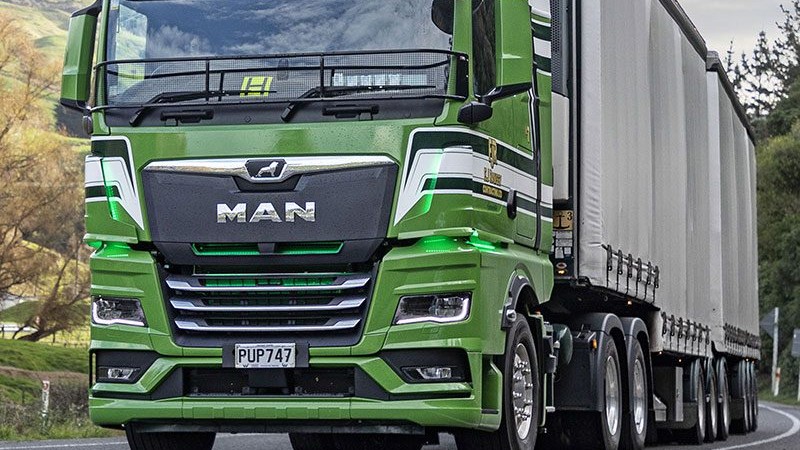
My February 2023 editorial, New Year, New… Potholes, commented on the mudslinging between some of our industry associations, then-transport minister Michael Wood and Waka Kotahi over the seeming pothole crisis gripping New Zealand’s roading network.
Since then, the country has been hit by abundant rainfall and flooding and the roading network has been impacted further. Notwithstanding the devastation caused by Cyclone Gabrielle, a random drive on just about any state highway will reveal some serious deterioration. It’s been said many times; serious gears need to be shifted in the pursuit of a more resilient, more appropriate roading network for today’s freight and traffic demands – and, more importantly, tomorrow’s.
In recent weeks, three significant roading-related developments have occurred in the North Island. First, and most importantly, all state highways have been reopened in the East Coast and Hawke’s Bay following Gabrielle. Although significant work remains in these regions, it’s pleasing that the most crucial step in the recovery has now been reached.
Second, tenders have been decided, and the contractors to construct the 110m bridge reconnecting the SH25A Kopu-Hikuai Road in the Coromandel have been engaged. While a timeframe hasn’t been announced, the repair can at least finally get underway.
Third, the SH1 Puhoi- Warkworth motorway has been opened. Having watched NZTA’s flyover video released earlier in the year, it would appear this new 18.5km connection has been worth waiting for. The agency says it will boost the region’s economic potential by easing freight movements, creating better access to markets and ports south of the region, and improving journey times. Of course, improved safety for motorists is a given, and the resilience of the road to and from Auckland’s northern reaches has – hopefully – been secured.
While by no means do I intend to downplay or gloss over this achievement, its completion – in the same way as that of the Waikato Expressway Hamilton Bypass, for example – does shine a light on the myriad other roading upgrades desperately needed in the bustling upper half of the North Island. Crucial among these are the future needs of the Waikato and Bay of Plenty, as the regions are set for continued population, freight and traffic growth in the coming decades.
Following the publication of that February editorial, I received an email from a reader who pointed me towards two studies on this very topic. (I must add that we love receiving feedback from our readers – please feel free to contact us any time.) These were the Bay of Plenty Regional Freight Flows Study, prepared in 2020 for Urban Form and Transport Initiative and the Bay of Plenty Regional Council by Beca, Richard Paling and Murray King; and the Waikato & Bay of Plenty Freight Action Plan 2022, by the Waikato Economic Development Agency.
“The predictions are staggering and paint a serious picture,” our reader said. And he’s not wrong. I’d suggest seeking them out for yourselves as there’s a lot to digest. However, a few key findings from the Freight Action Plan are worth mentioning.
While the populations of the Bay of Plenty and Waikato are expected to grow 10.7% and 11.3%, respectively, by 2030, overall freight volume in these two regions could be as much as 47-65% on current volumes. Traffic on SH29 is expected to grow 30-74%, SH2 24-49%, SH1 3-32% and SH27 24-49%.
Planned roading investments through the Bay of Plenty and Waikato Regional Land Transport Plans are approximately $400 million and $800 million per annum, respectively, and proposed and approved National Land Transport Fund investments through the National Land Transport Plan totals $2.6 billion for the regions. Despite these investments, the Freight Action Plan expects freight- volume increases to create additional bottlenecks that will require further investment.
The reports go into great detail about the required investment, asset management and resilience to accommodate this significant growth. In reality, much of it needs to be on the scale of Puhoi-Warkworth and the Hamilton Bypass if the region is to avoid the same news from studies in a couple of decades.
As he signed off his email, our reader said: “By not investing in infrastructure to handle this traffic, government is grossly negligent.”
There’s no better way to put it, really.

Read more
40 fabulous years
0 Comments3 Minutes
40 not out!
0 Comments4 Minutes
The more things change…
0 Comments5 Minutes
Keeping up with the times
0 Comments4 Minutes




